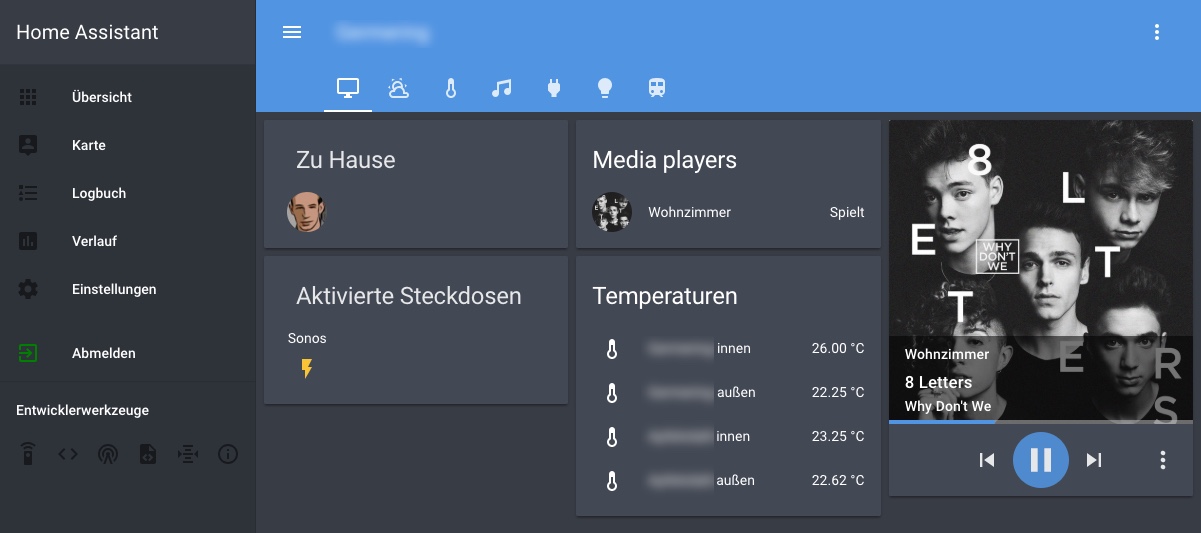Ansible role hass for installing Home Assistant
As described in the last article I use the manual installation of Home Assistant. To get a system up and runing very quick I prefer to use Ansible. For the installatino of Home Assistant I wrote a role. You can find my Ansible role on Github. In the same repository (in the near future) you can also find some other roles which might be useful when installing Home Assistant. The variables whcih can be used to configure the role are described in the README of the role.


